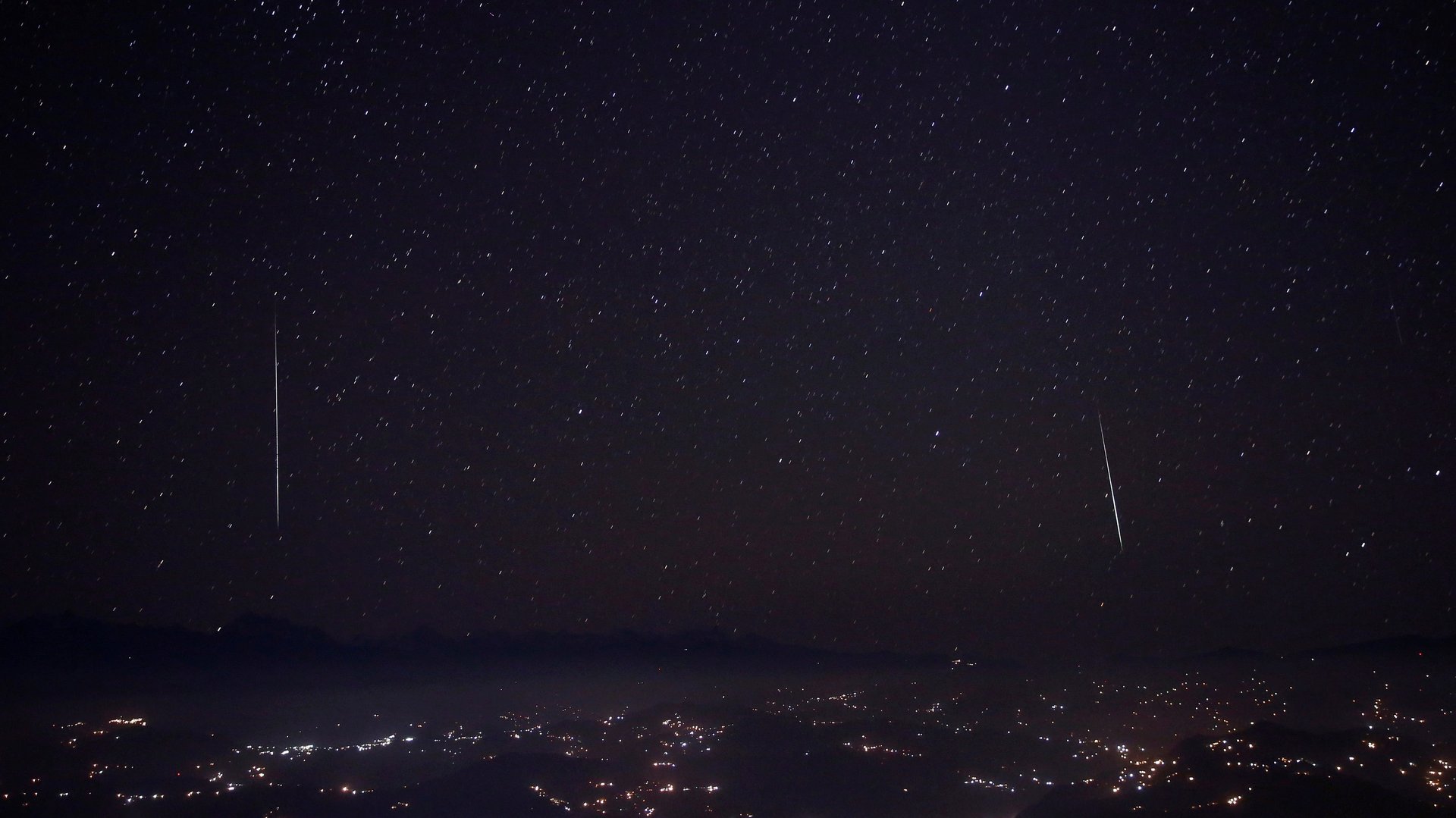This weekend is the best time to watch the Lyrid meteor shower
For more than 2,600 years, humans have observed meteors streak across our skies every April. This year’s Lyrid meteor shower will last from April 16 to April 25. To enjoy the celestial spectacle, here’s what you need to know.


For more than 2,600 years, humans have observed meteors streak across our skies every April. This year’s Lyrid meteor shower will last from April 16 to April 25. To enjoy the celestial spectacle, here’s what you need to know.
What are the Lyrids?
The Lyrids are the name for the meteor shower caused by particles left behind by Comet Thatcher. These particles burn up as they come in contact with the Earth’s atmosphere, leaving a streak that looks like a shooting star. The comet’s orbit around the sun is 415 years long. Its last visit was in 1861 and the next one will be in 2276.
They are called the Lyrids, because they seem to be located in the constellation Lyra near the star Vega.
When can I see the Lyrids?
The meteor showers have begun and will last until April 25. The peak of the shower, at a rate of around 10 to 20 meteors per hour, can be seen just before before dawn on April 22. The waxing moon shouldn’t pose much of a problem. You can improve your chances of the meteors: try to find a light-pollution free patch of the sky and give your eyes 30 minutes or so to get used to the dark.
The best Lyrids ever observed had a rate of 100 meteors per hour and have been observed in the US in 1982, Japan in 1945, and Greece in 1922.
Where in the sky is it best to watch the Lyrids?
You don’t need to know where the Lyra constellation is to enjoy the meteor shower. “The idea that you must recognize a meteor shower’s radiant point in order to see any meteors is completely false,” according to EarthSky. When they come down, they can come down anywhere in the sky.
However, it helps to know what time the constellation is at the highest point in the sky, because that’s when you are likely to see the most meteors. In the northern hemisphere, where the meteor shower is best observed, Vega rises on the horizon at about 10pm local time and it reaches the high point just before dawn.